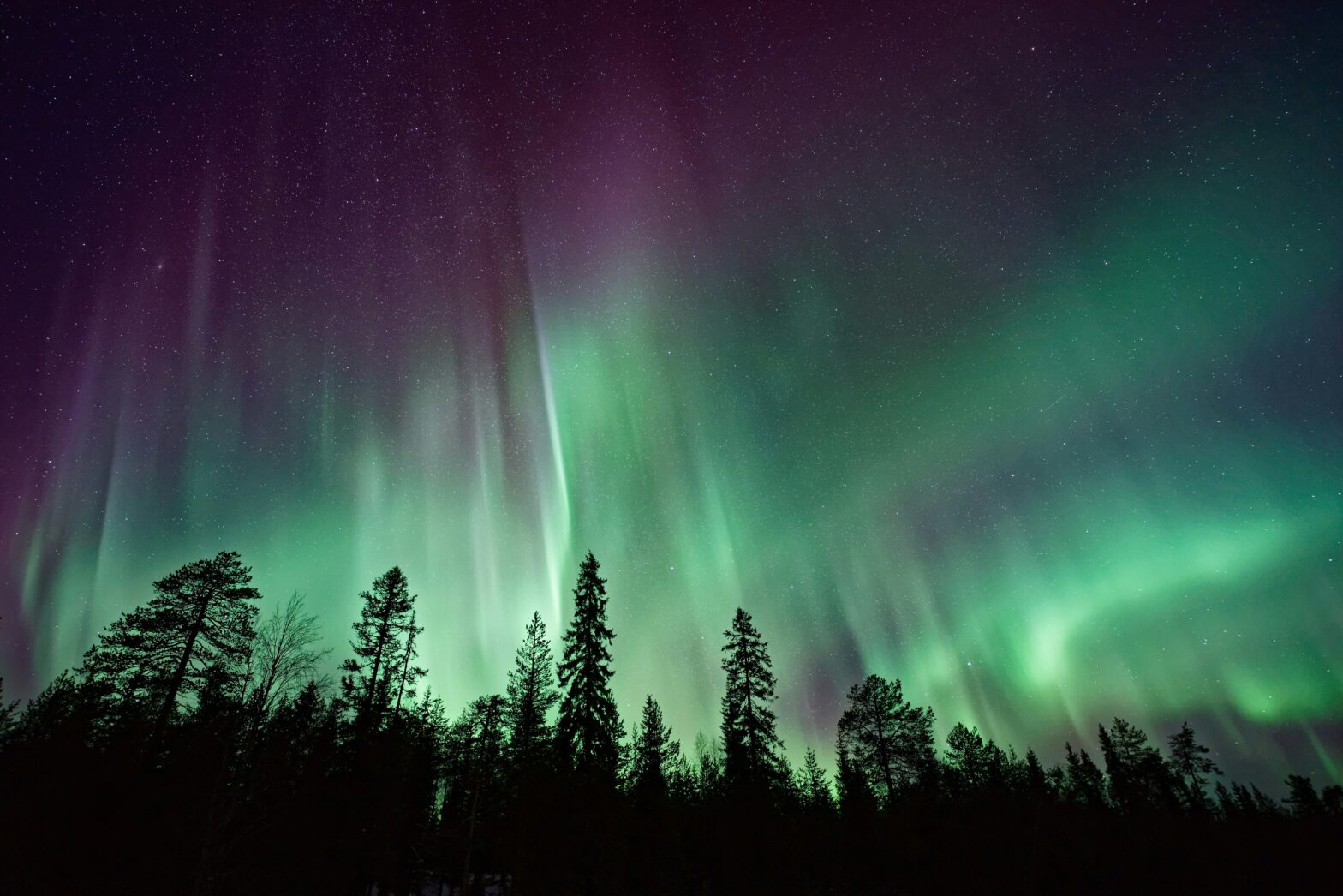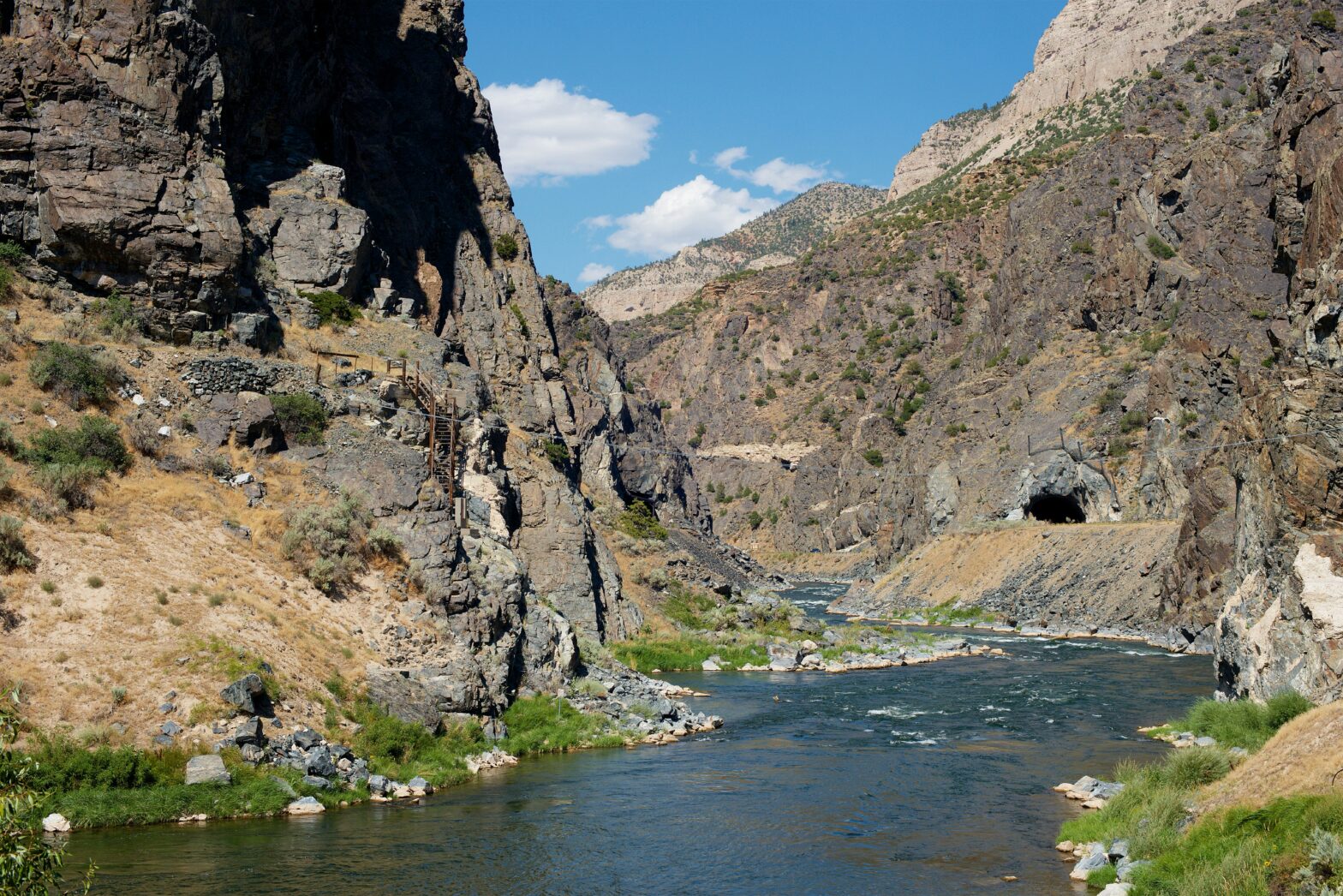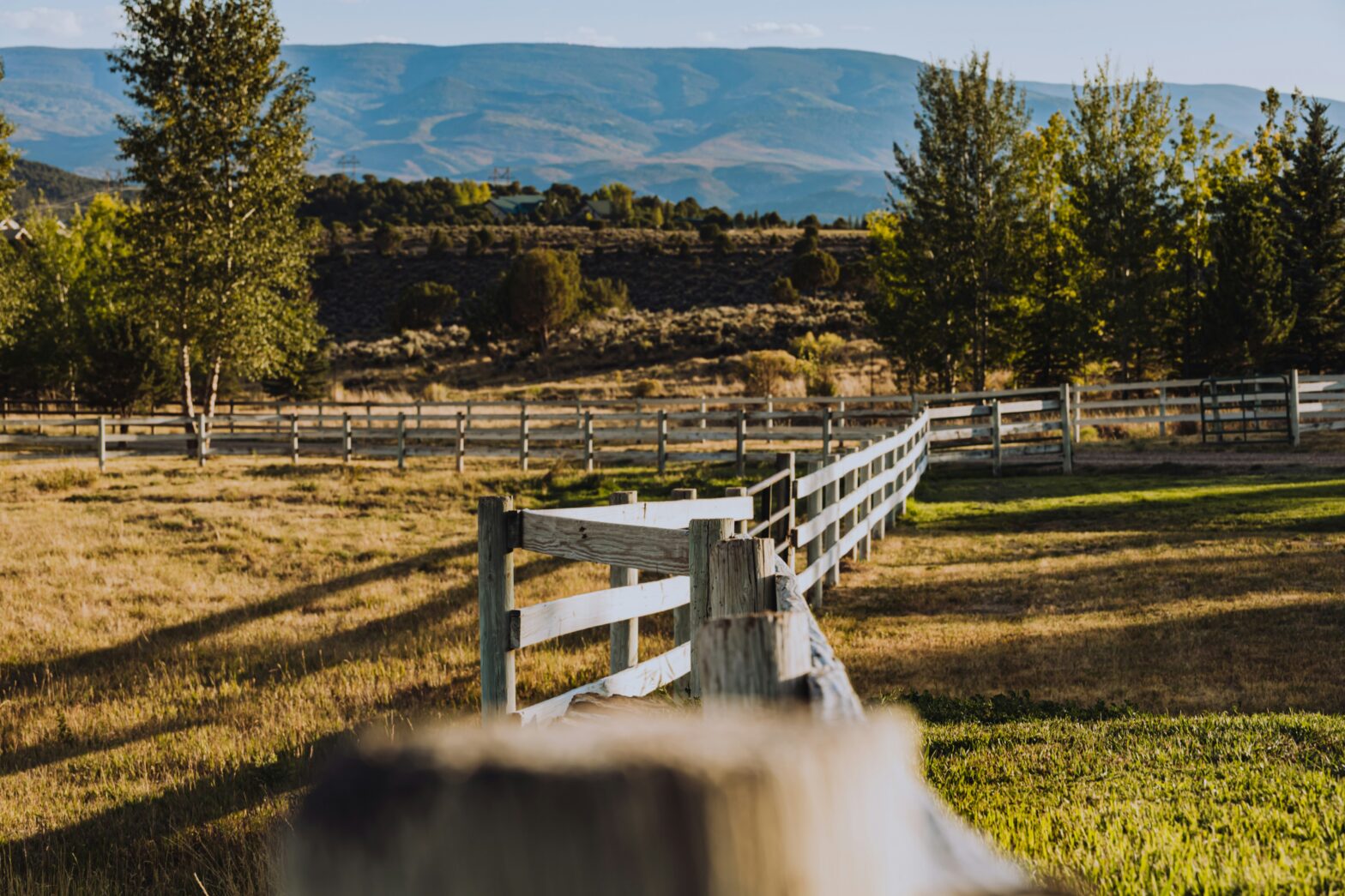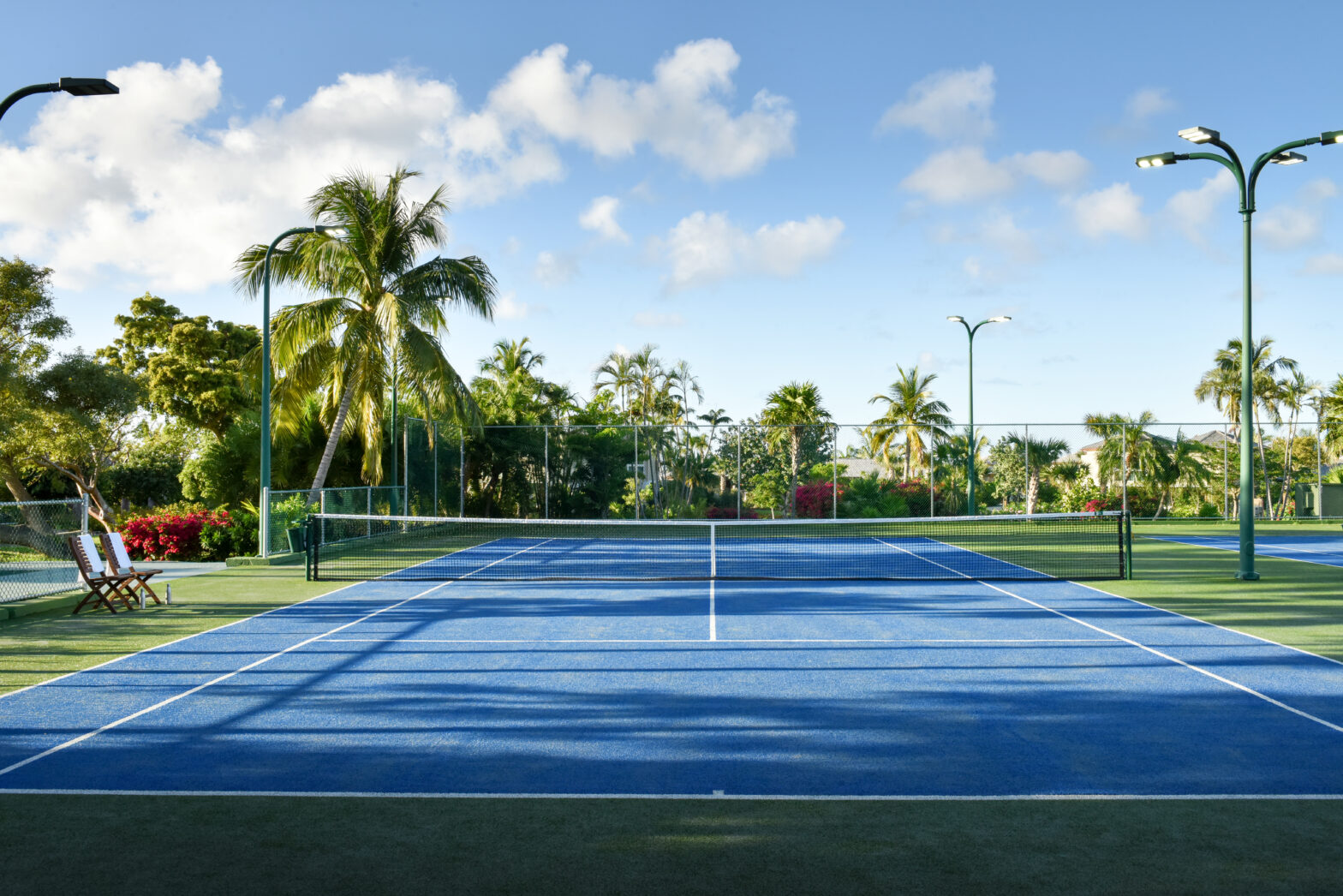Iceland is a peak travel destination for the Northern Lights or Aurora Borealis because dark skies and pristine landscapes are a must for seeing every shifting hue and glowing moment of this incredible phenomenon. Iceland offers plenty of opportunities for catching the mesmerizing displays. Here, we’ll dig into the best time to see the natural wonder, from the ideal months to weather conditions, tips for viewing, and prime locations for catching the Northern Lights at their best.
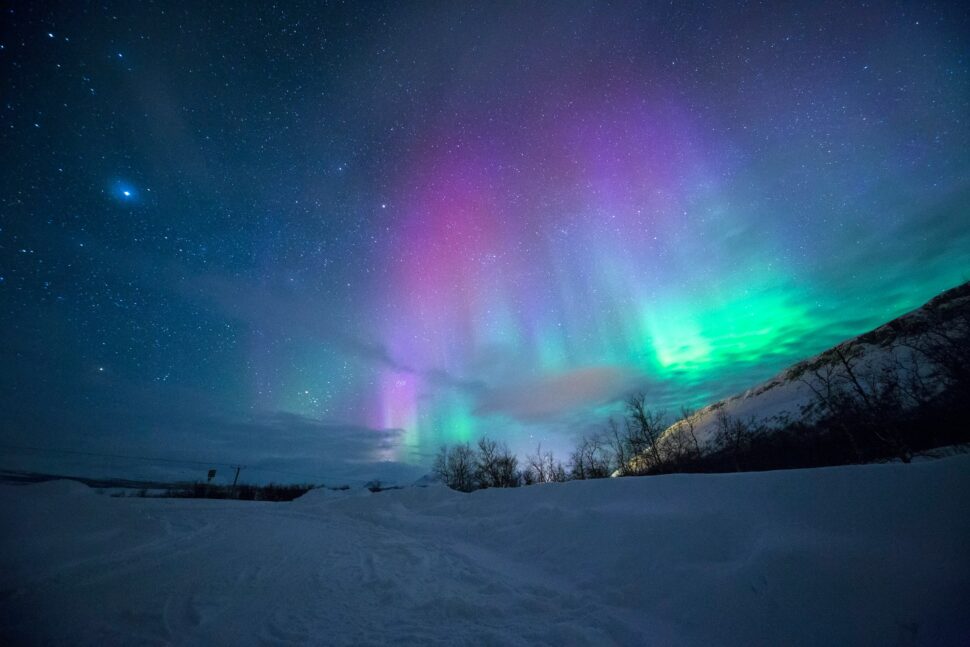
Understanding Northern Lights Season in Iceland
The Northern Lights season in Iceland typically spans from late September to early April. During this time, Iceland’s skies are dark enough to make aurora sightings possible, especially in areas with minimal light pollution. While it’s technically possible to see the Northern Lights outside of this timeframe, the summer months bring Iceland’s midnight sun, limiting visibility for aurora seekers.
Best Months for Northern Lights in Iceland
Now the best months for Northern Lights in Iceland are from late September to March. October and February to March are particularly popular months due to the combination of long, dark nights and relatively mild weather for winter. Additionally, solar activity (which powers the auroras) tends to peak in 11-year cycles, and Iceland is currently experiencing an active period, making this season especially promising.
Best Conditions for Northern Lights Viewing
Seek out clear skies and low light pollution for maximum exposure. Cloud cover can often obstruct views, so it’s best to monitor weather forecasts and focus on nights with clear skies. Heading out of major cities, like Reykjavik, will also improve your odds, as rural locations provide dark skies without city light interference.
Ideal conditions include:
Clear, cold nights: The best nights for viewing often follow cold weather fronts that push clouds away.
Moon phase considerations: For the darkest skies, aim for a new moon or a moonless night, as even moonlight can wash out the auroras’ colors. There are plenty of moon phase calendars you can reference well in advance to catch the next new moon.
Solar activity forecasts: Websites and apps that track solar activity can help you time your outing. Higher solar activity means stronger auroras, which are often visible further south in Iceland.
Top Locations to See the Northern Lights in Iceland
While this natural wonder can theoretically be seen anywhere in Iceland, certain locations are more favorable due to their dark skies and open landscapes. Popular Northern Lights viewing spots in Iceland include:
Thingvellir National Park: This UNESCO World Heritage Site offers vast, open spaces and little to no light pollution, making it a prime location for aurora viewing.
Reykjanes Peninsula: Just a short drive from Reykjavik, this area has plenty of scenic spots where you can view the lights over the ocean.
Vik and the South Coast: Known for its black sand beaches and stunning rock formations, Vik offers an iconic backdrop for Northern Lights photography.
Kirkjufell Mountain: One of Iceland’s most photographed locations, the Kirkjufell Mountain area is perfect for Northern Lights chasers and photographers alike.
Tips for Northern Lights Viewing in Iceland
Monitor the forecast: Websites and apps such as Aurora Forecast, Vedur.is, and My Aurora Forecast provide updates on aurora activity and cloud cover.
Dress warmly: Icelandic winters are cold, especially at night, so bundle up with thermal layers, hats, and gloves.
Join a guided tour: If you’re unfamiliar with the country, consider a guided Northern Lights tour. Local guides know the best spots and can help increase your chances of seeing the auroras.
When to See the Northern Lights at Their Brightest
While the best time of night to see the Northern Lights in Iceland is generally between 9 PM and 2 AM, auroras can occasionally appear earlier or later. For those hoping to catch the brightest displays, clear nights during periods of high solar activity provide the most vibrant colors and movement.
Frequently Asked Questions about Iceland’s Northern Lights
Can you see the Northern Lights in Reykjavik?
Yes, it’s possible, but light pollution can make it challenging. For the best chance of spotting the aurora, head out of the city and find dark viewing spots in the countryside.
Are the Northern Lights guaranteed?
No, the Northern Lights are a natural phenomenon, and sightings depend on weather, solar activity, and clear skies. However, Iceland’s long, dark winter season provides ample opportunity.
Plan Your Trip to See the Northern Lights in Iceland
The best time to see the Northern Lights in Iceland is between late September and early April, with October, February, and March being particularly favorable. Check the Northern Lights forecast for Iceland, dress warmly, and seek out dark, clear-sky locations, and you’ll be well-prepared for this once-in-a-lifetime experience.
Make sure to pack your camera, monitor the solar forecast, and prepare for an adventure under the stars as Iceland’s Northern Lights dance across the winter sky.
